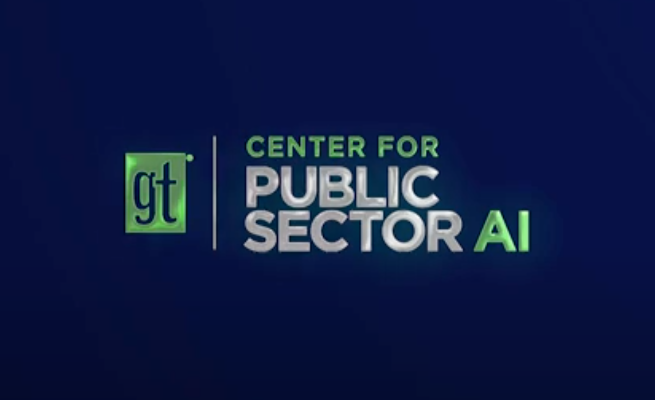
Articles
Enhancing Traffic Incident Management through Policymaking
Departments of transportation can drive traffic incident management through policymaking and proactive collaboration.
Departments of transportation can drive traffic incident management through policymaking and proactive collaboration.
Traffic incident management (TIM) is incomplete without the involvement of traffic operations, like a state department of transportation (DOT) or more local agencies.
They are important for overall coordination, and especially for getting traffic back to normal after an incident occurs.
However, as we've shared in previous pieces on TIM, there are often communications issues that leave ops personnel being the last to learn about the incidents they’re in charge of coordinating
While law enforcement is often the primary point of contact between motorists on the roads and the government, DOTs set the policy. They make the regulations and are ultimately responsible for things like sporting events or concerts that can attract far more traffic to an area than is normal.
Incident mitigation
In addition to managing incidents that occur, TSMO personnel are also responsible for incident mitigation — they can use solutions like Urban SDK to forecast severe disruptions and implement strategies based on the data.
According to the Washington State Department of Transportation’s Traffic Incident Management Coordination page, one of the primary ways transportation departments can influence traffic incident management is through goal-setting.
They must chose not only the goals for transportation as a whole, but the goals for incident management in particular.
Many states make improving communications and coordination a goal. As such, they maintain, or regularly convene, working groups drawn from first responders and policymakers in order to recommend and implement new ideas.
Organizational partnerships
Other important goals for TIM include keeping first responders safe and making traffic safer.
Transportation departments can also recommend laws that support traffic incident management to state legislatures.
Examples of this would be laws that require drivers to move over and let responders pass, or to avoid lanes next to ones with responders’ vehicles.
There are also laws allowing law enforcement to remove debris, as well as directing motorists to move debris blocking lanes.
A final recommended law is one that directs motorists involved in traffic incidents to leave if there are no injuries.
Traffic incident management policymaking
Finally, transportation departments can use policies to fulfill their traffic incident management responsibilities.
They can have mutual assistance agreements with law enforcement and make public-private arrangements with towing companies to remove damaged vehicles.
Other policies can include disseminating traffic incident management best practices to responders; providing regular training sessions with people from multiple agencies; and scenario training, such as with a crash, concert or flood.
Traffic ops personnel can also establish the procedures and hierarchy for traffic incident management.
For example, many vehicle crashes are linked to speeding and speeding is often related, not to individual folly or daring, but to roadway design and transportation policy.
According to Strong Towns, many places mandate roads with “forgiving designs” — clear lines of sight, wide lanes and no parking, trees or buildings within roughly ten feet of the road.
Paradoxically, streets designed like this actually encourage speeding, while narrow, cramped streets with lots of turns or buildings and trees blocking the view would encourage motorists to go slow and drive cautiously.
By using better laws, setting clear goals with measurable progress and, above all, choosing policies that help implement the goals and focus on prevention, departments of transportation can help make traffic incident management safe, predictable and rare.

NEWS
Recent Announcements
See how public sector leaders succeed with Urban SDK.

Company News
Urban SDK Joins Government Technology’s AI Council to Help Shape the Future of AI in the Public Sector
We’re proud to announce that Urban SDK has officially joined the AI Council, part of Government Technology’s Center for Public Sector AI

Company News
Collision Index: Proactive Traffic Safety Powered by AI
Communities now have another layer of road safety thanks to Urban SDK’s Collision Index

Customer Stories
University of Florida Transportation Institute Partners with Urban SDK to Expand I-STREET Program
Urban SDK and the University of Florida have partnered to expand the university's I-STREET Program
WEBINAR
Identify speeding and proactively enforce issues
See just how quick and easy it is to identify speeding, address complaints, and deploy officers.
